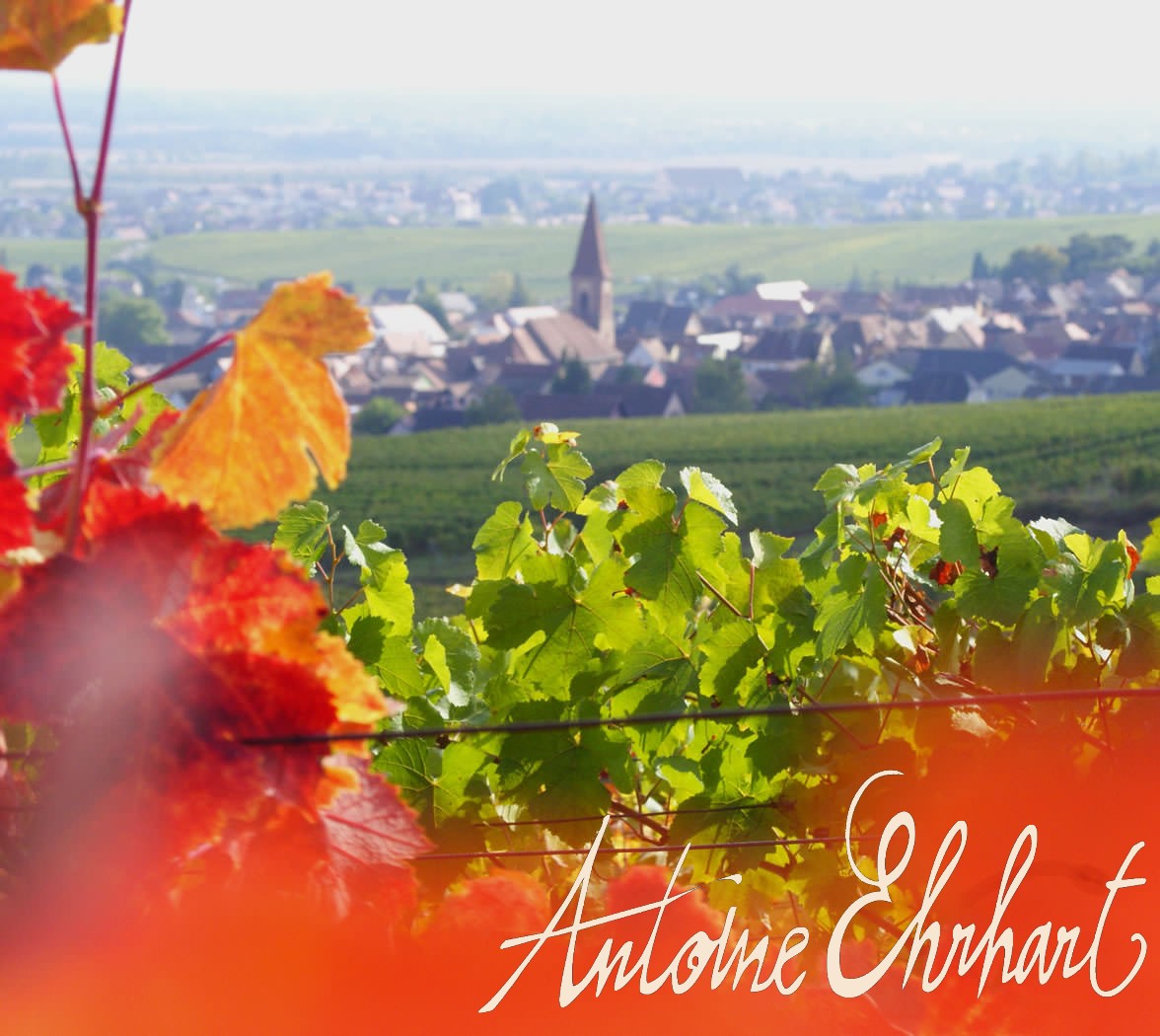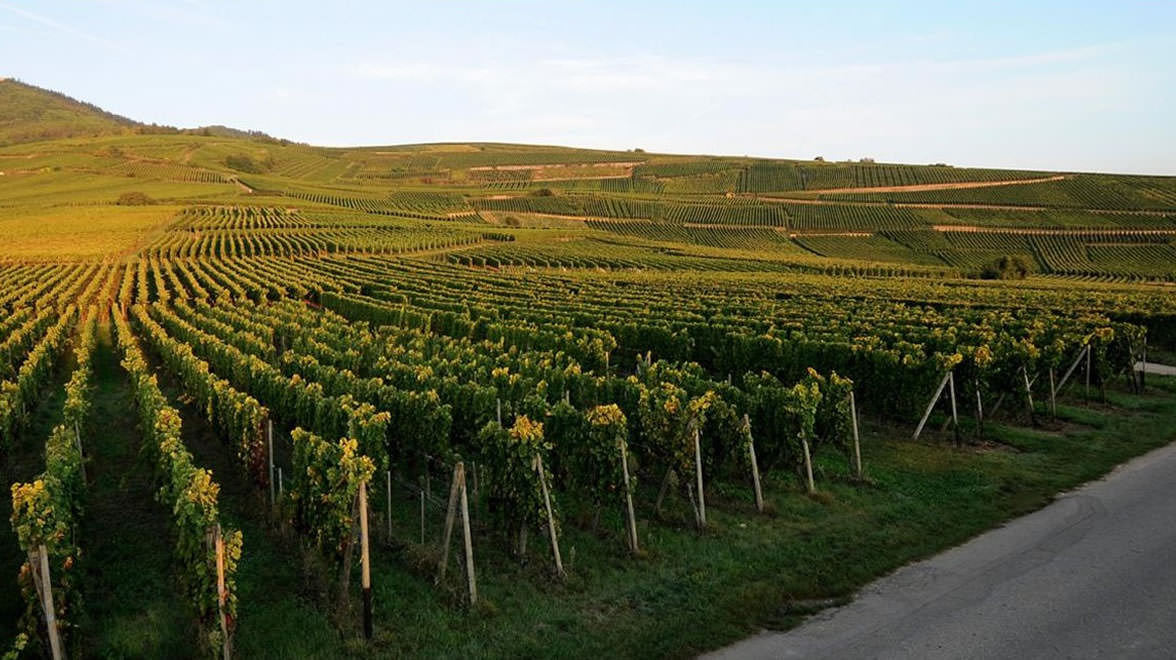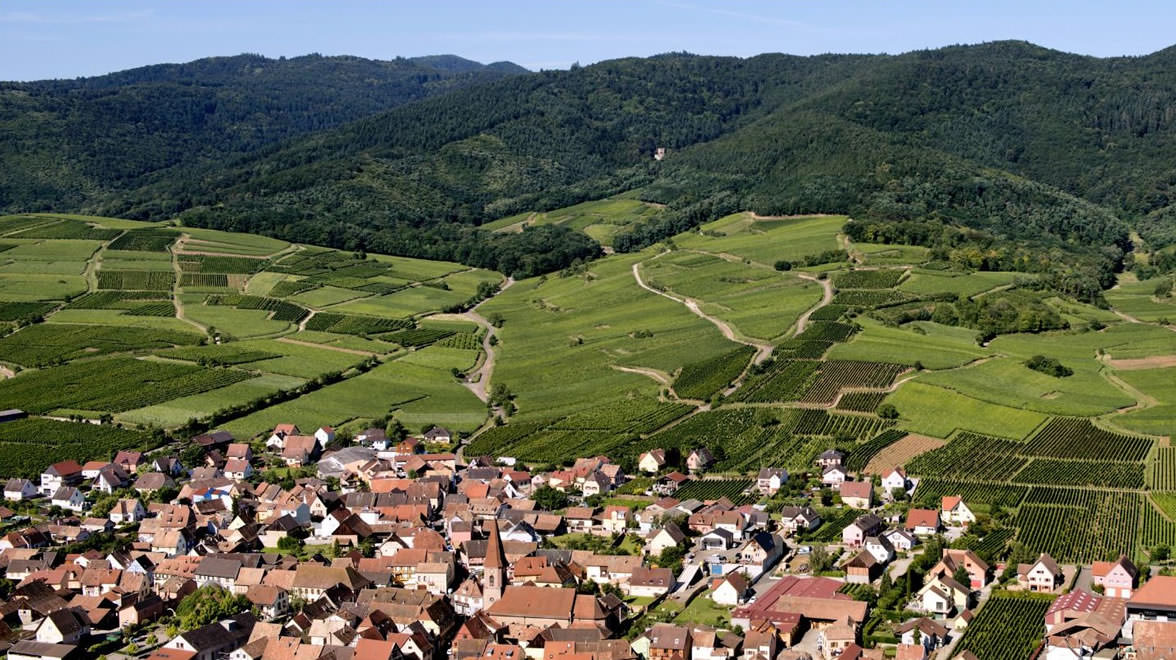Some have been famous for over a thousand years, others for several decades, but all come from privileged terroirs where geology, climate and exposure form an exceptional harmony. All are born from this special alchemy that unites air, earth, vines and human art
The Alsace Grand Cru appellation confirms the marked influence of the terroirs on the wines. It is attributed to wines that meet ambitious quality criteria : strict delimitation of the terroirs (geological and climatic conditions), more limited yield, specific rules of vineyard management, minimal natural wealth, certification tasting...
The Grands Crus represent the unique marriage of terroir and grape variety as well as the importance of three factors: soil, exposure and microclimate.
The Alsace Grand Cru appellation crowns exceptional terroirs (exposed exclusively on the hillsides), which give the wines expressive strength and authenticity. There are currently no less than 51 Grands Crus in Alsace. However, only four grape varieties - called "noble" - are allowed in this appellation: Riesling, Muscat, Pinot Gris and Gewurztraminer.

The Grands Crus are exclusively located in the upper parts of the vineyard, each with its own geological identity. It is possible to distinguish ten main types of different soils among the Grands Crus d'Alsace.
Among the 51 Grands Crus in Alsace, Antoine Ehrhart's House owns vineyard plots of 3 well-known AOP Alsace Grand Cru : Hengst and Steingrübler.
Hengst “the stallion” - takes his wines to new heights of liveliness, with an energy that transcends time.
The Grand Cru Hengst in Wintzenheim is a marl-limestone terroir which gives the wines a solid and very structured character.
The latter are powerful, complex, dense, ... and have an ample and precise structure, allowing each grape variety to express itself brilliantly.
This terroir favors the traditional noble grape varieties: Pinot Gris, Gewurztraminer, Riesling and Muscat and offers long-keeping wines which gain in expression with age.

Taking its name from the stone "stein", this terroir is a tribute to the mineral world, as the variants it contains in its belly are numerous and inextricably tangled.
The Grand Cru Steingrübler in Wettolsheim is a marl-calcareous-sandstone terroir which gives the wines a dense and greedy concentration counterbalanced by a broad and firm freshness which is integrated into the volume and allows to withstand a slight over-ripening.
The Grand Cru Steingrübler offers long-keeping wines, rich in aromas and with a solid body

The Lieu-dit Rosenberg - or “Hill of Roses” - is a terroir of Wettolsheim which extends the Grand Cru Pfersigberg and offers wines with common characteristics, notably one of the exotic aromas and a very present minerality after a few years. However, this approach is more immediate than for the Grands Crus.
Rosenberg therefore leaves its mark, but the spirit of the winegrower does the rest, which makes it a real gateway to Grands Crus.
Recognized in 1962, the AOC ALSACE - today AOP - represents more than 70% of production, 90% of which is white wines. This denomination responds to specific production rules, more restrictive than for the regional appellation: grape variety, planting density, pruning rules, training, grape maturity, yields.
If the wines from Grands Crus particularly reflect the terroir, the wines from PDO Alsace, for their part, express more the characteristics of the grape variety: a subtle marriage between the expression of the fruit and that of the character of the winemaker.